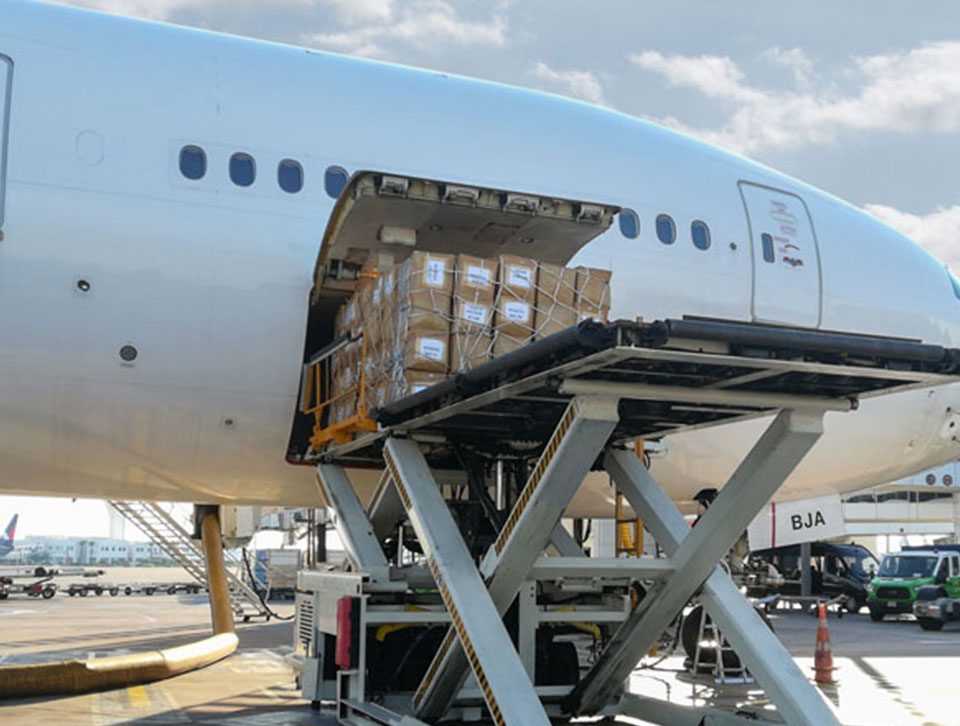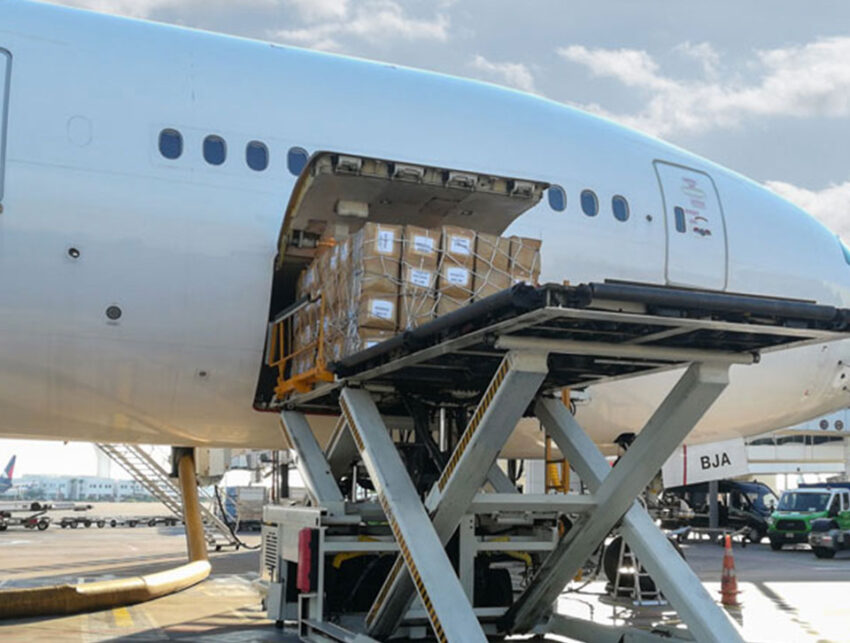The sudden hike in the air freight charter prices has taken the air freight industry by storm. As the peak holiday season is drawing close, air freight forwarders all over the world are trying to deal with the skyrocketing prices. The industry experts are predicting ‘big chaos’, sky-high prices, and a shortage in capacity just before the peak season arrives. In today’s blog, we will talk about the price hike of charter flights, its causes, and its impact on the air freight sector.

A look at the rising air freight charter rates
The charter rates of freighter planes are increasing by the day and it has almost reached the pre-summer prices when most European countries were experiencing the peak of the second wave of Coronavirus. The cost for one-way charter freighters has risen to 1.5 million USD. Additionally, the shortage of capacity and the added pressure of the peak season are two further causes of concern. If the situation doesn’t improve, freight forwarders will not be able to charter a wide-body freighter between now and early December.
All freighters are almost booked for the month of November. Presently, air freight forwarders are chartering flights for the second half of December. In that case, by mid-October, the cost of chartering a plane from the Far East to Europe could cost as much as $1 million. The shortage of capacity is more pronounced in the routes between Asia to North America and China to Europe.
What are the experts saying?
According to Mile Hill the Director of Air Partner, a leading air charter solution provider, the prices are “sure to increase dramatically until the end of December, and possibly even beyond”. He further advised, “This is the time for freight forwarders to work closely with their shippers and air charter providers to ensure that their required capacity is secured as early as possible.”
To highlight the space crunch in the air freight sector, Mr. Hill points to statistics that show that almost 43% of the international commercial air fleet is presently parked. As a result, almost 100,000 tonnes of belly-hold capacity are unavailable for the air freight forwarders. In his words, “It has been good to see numerous freighter conversion and factory freighters being launched in the last months, but there are, of course, still nowhere near enough airframes for the Q4 demand.”
The situation at the important air cargo routes
According to Camille Carenton, from Flexport, the crunch in cargo capacity is more pronounced in the routes between Asia to North America and China to Europe. This is almost inevitable because of the approach of the peak season and the tightening of measures against the Delta variant. Nevertheless, the prices from China to Europe and China to the USA are now almost the same. This never used to be the case before as rates from China to Europe used to be lower.
Just a few weeks back, the air cargo spot rates from Asia have spiked again to reach their highest level in 2021. The most significant surges in spot rates can be seen in flights from Shanghai and Hong Kong to Europe and the US. As per the latest figures from BAI, the average spot rates from Shanghai to the USA will rise by another 4% to $11.43 per Kg. On the other hand, the spot rates from Hong Kong to the USA have risen above $10 per kg.
To make matters worse, the extra pressure of the holiday season has coincided with the capacity shortage. This happened because of pandemic-induced shutdowns. The rates from Asia to Europe are high like never before. In the last few weeks, the rates from Shanghai to European airports have risen over 18% to $7.19 per Kg. Similarly, the spot rates from Hong Kong to Europe have also gone up by over 13% to $6.04 per Kg.
Factors leading to the price hike
One major reason behind the lack of cargo capacity is the cancellation of passenger flights. Moreover, the typhoon In-Fa which affected several airports of China further worsened the scenario. Therefore, the rates will probably remain at the same level till the beginning of 2022.
“In previous years, it has been usual to see a peak around Golden Week and then another peak around Christmas. This year, most likely the peak situation will keep going until Christmas because of all the disruption that has happened,” says Ms. Clarenton from Flexport. The implementation of stringent policies to combat Covid-19 in Hong Kong and South China is also responsible for reducing the freight capacity. Additionally, the crisis in the sea freight shipping industry is prompting forwarders to turn to air freight. This is yet another factor that has impacted the rates and the capacity.
Most airlines have less capacity than the demand. Therefore, they are only offering spaces to customers who are ready to pay the highest rate. In other words, the air freight industry is now closely resembling the sea freight sector which is also trying to cope with higher rates and reduced capacity.
What lies ahead?
The US government’s announcement of the end of the travel ban for passengers from Europe should come as good news. From 1st November the air freight industry can expect a greater belly capacity since more passenger places will be on the air. This is one factor that should bring about a solution to the ongoing crisis. Moreover, as per data from Seabury, the international air cargo capacity went up by 2% in the past few weeks. Unless there is no sudden development, this number will continue to increase.


